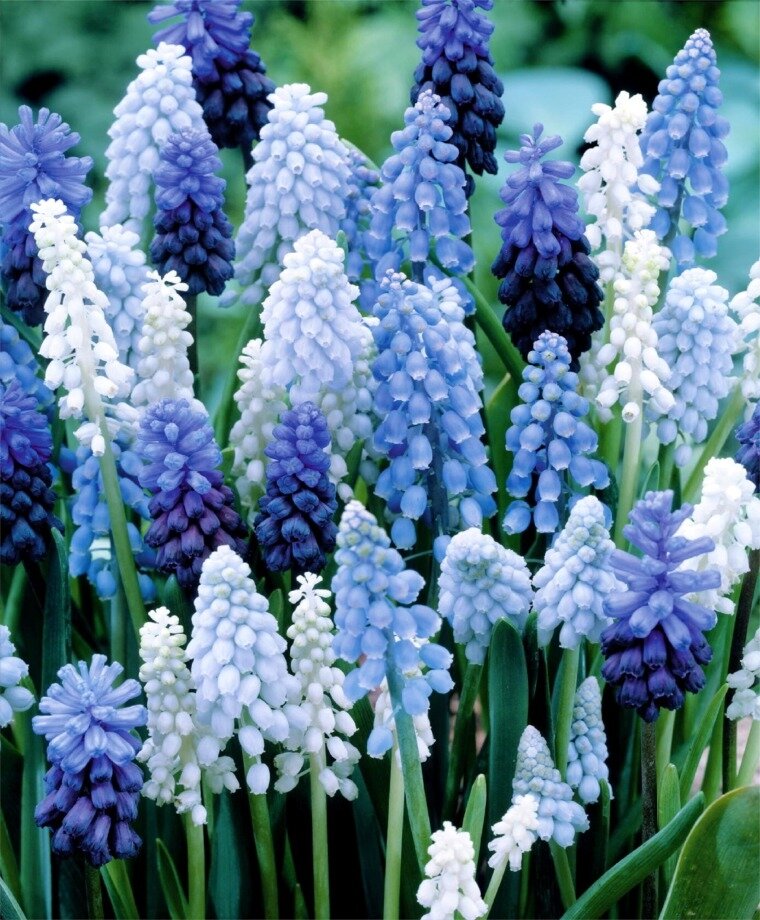
As fall settles gloriously around us, it’s easy to forget that we have FIVE months of cold dark winter approaching. The hardest thing for me about living away from North Carolina is tolerating those last few months of winter. March is beautiful in the South. Here in Iowa? it’s brutal. And sometimes April is dark and cold too! How can we add some beauty to keep us going when the winter won’t stop?
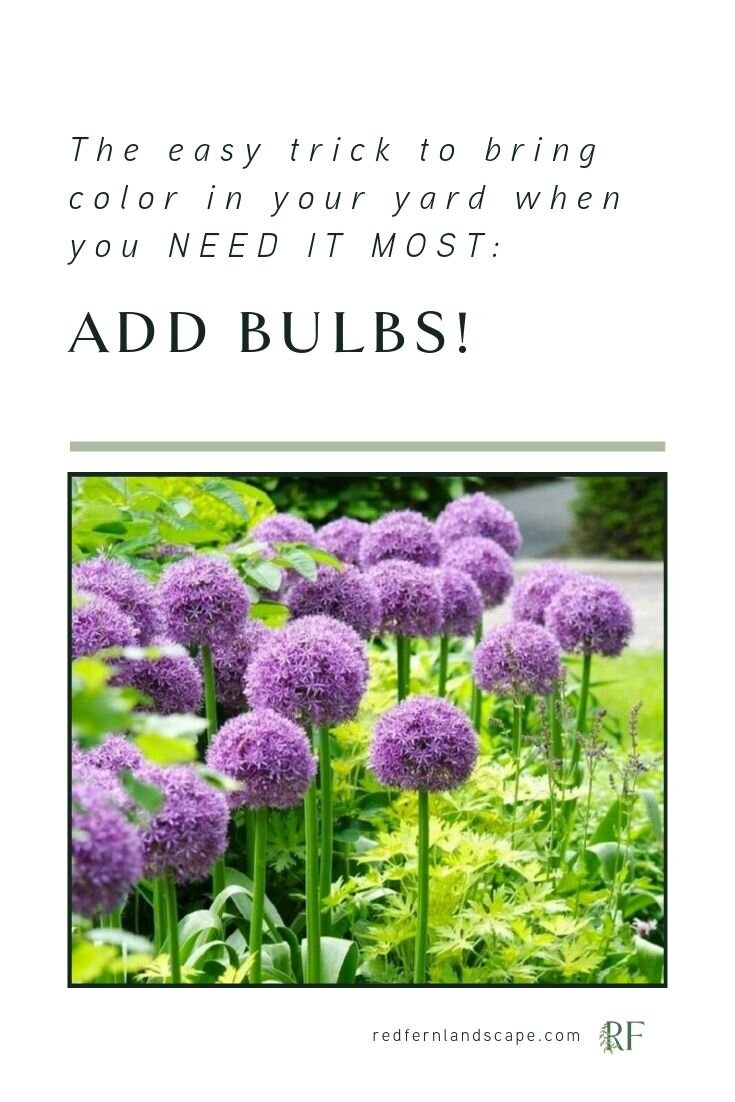
Right now, the trees are beginning to color up, your hydrangeas are STILL blooming, all the grasses are looking amazing. But in February? March? April? Everything is brown. Or worse, it’s slushy wet dirty snow colored. We are desperate for color and beauty at the end of the winter, and many of us dream of running off to warmer climates to escape.
I am all for travel and please let me know where you’re going and if I can tag along! But meanwhile back at home, let’s do something really simple to shower ourselves in color and beauty when we are desperately missing warmth. The only trick is, you can’t do it when you’re thinking about it in February. It’s too late then. We have to take a bit of time away from college football or raking leaves to get prepared, but we’ll be so thankful in a few months!
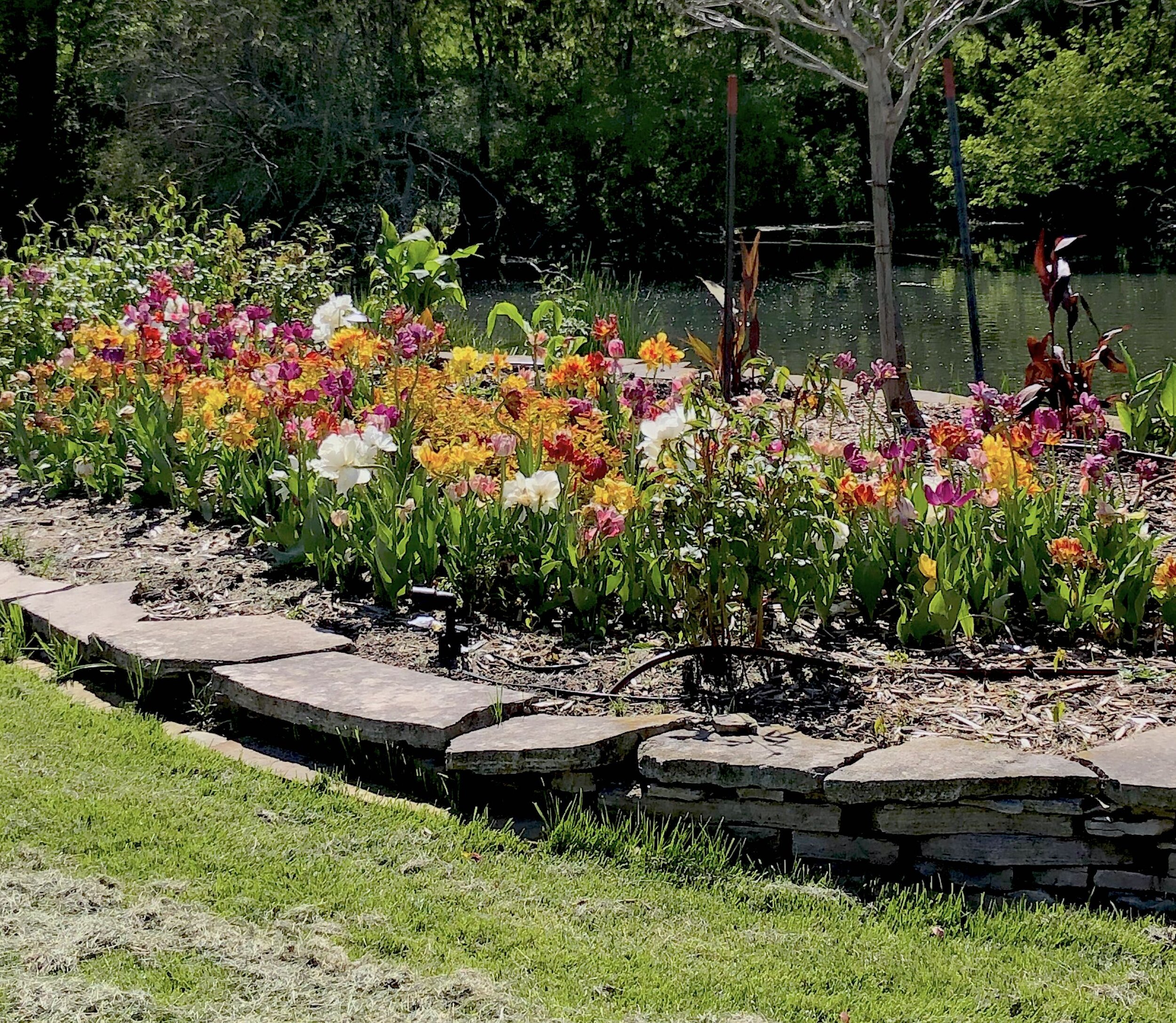
Plant bulbs. That’s the secret. Spring bulbs bloom when there are no leaves on the trees, when there is snow on the ground, and when you are sitting inside scrolling through Kayak to plan an expensive getaway. You’ve seen them at the grocery store or the hardware store and wondered if you should pick some up, if the prices are worth it, how many you should get.

Here are my tips on how to use spring bulbs in the best way to get a glorious display when we need it most.
WHERE TO BUY THEM
If you can help it, don’t get them from the box store. For the same reasons that you don’t get deli meat from the gas station. Order bulbs from bulb companies, y’all. You’ll be getting high quality, healthy plants that have been cared for, not stuck in the sun or squished and bruised. They’ll be shipped to you exactly when it’s a good time to plant for your climate.
Where should you order them from? I absolutely adore Van Engelen and recommend them to everyone. If you need smaller quantities (but we’ll talk about that later) their sister company John Scheepers can take care of you. This is not sponsored- I always order from them and don’t bother with anything else. I literally have no other suggestions other than Van Engelen, and to be honest I think most other options online or in stores are bogus. If I find more suppliers that I trust I’ll let you know!
WHICH ONES DO YOU CHOOSE?
You’ll find out when you start checking out the catalogues that there are many more bulbs than daffodils and tulips out there. How does an eager gardener choose? Here are a few thoughts.
-
THEY NEED TO COME BACK. Always get naturalizing bulbs. Go for it with the one-time tulips if you want, but those of us who need low-maintenance, set-it-and-forget-it plants should choose “naturalizing” bulbs. This means that they come back each year AND continue spreading and filling in. Easy.
-
GET A RANGE OF BLOOM TIMES. When I select plants for my own house and for clients, I’m first looking at bloom time. I like to mix in an early, mid- and late season bulb choice to get the most bang for my buck. Maybe it’s the same plant (there are daffodils that bloom in a range of seasons) but more often it’s 3 different types of bulbs to achieve the longest display possible. I made a sheet with my favorite plants and best combinations – you can grab it here.
-
GET LOTS OF THEM. We’ll talk about spacing them out in a minute, but generally people don’t buy or plant enough. These are delicate little things on their own, and the impact comes from masses of color.
-
WHICH PLANTS? I love allium, muscari, ipheon, scilla and galanthus. Never heard of some of those? I’m telling you, there’s more out there than just daffodils and tulips. I made a sheet with info about all my favorite bulbs for you- click the link to get your hands on it!
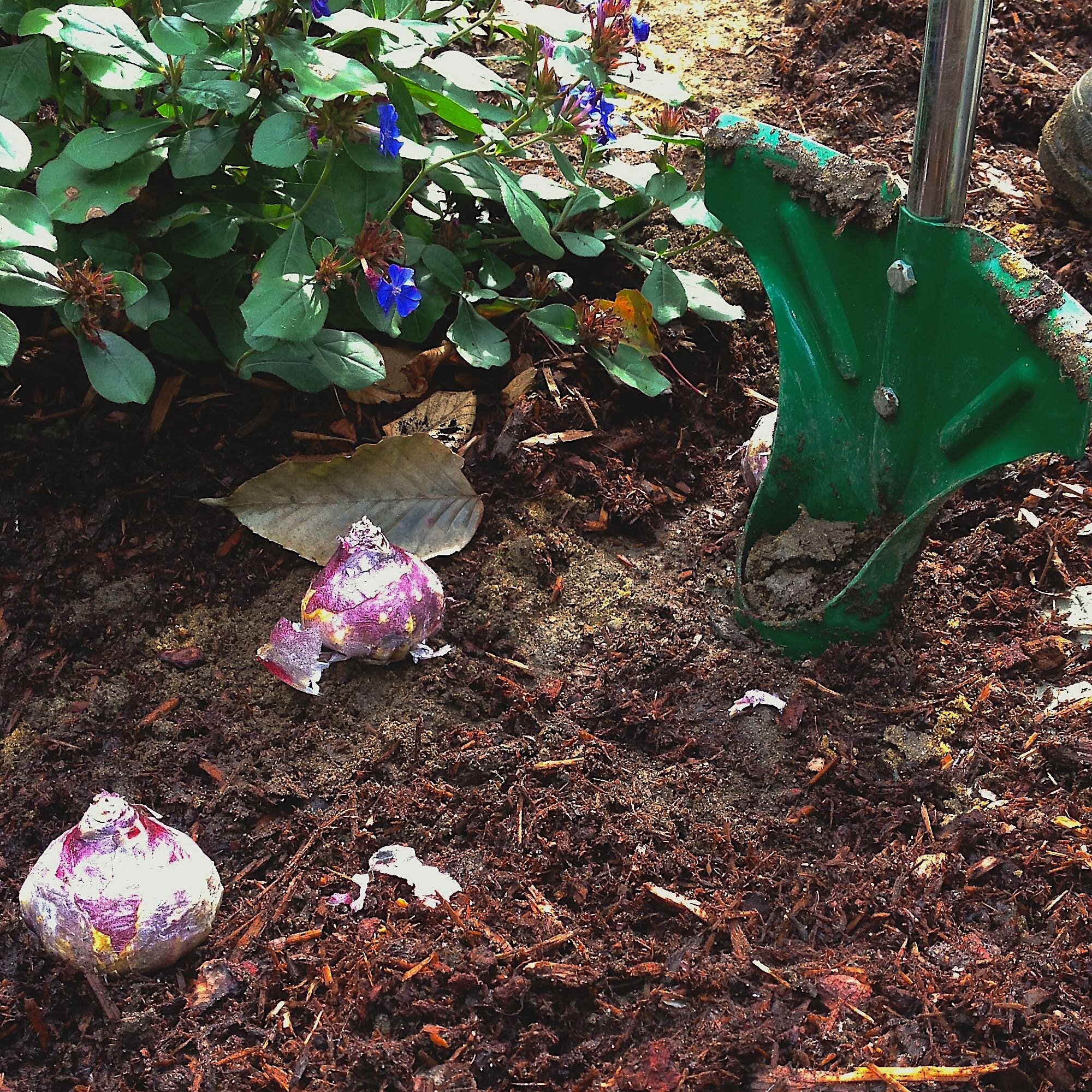
PLANT THEM PROPERLY
A good bulb resource will give you information about planting. Bulbs are planted in the fall, while they’re dormant.
How deep? The general rule for how deep to plant them is to go three times as deep as the bulb’s height. Look at the packaging or shipping information for the specifics on what you buy, and follow the recommendations. Use a trowel, a ruler, or a stick that you’ve measured to make sure you’re pretty close to the depth that’s recommended. Planting too deep or too shallow will mean that your plants aren’t as likely to bloom. And what’s the point of that???
Tools to use? The bulb planter in the picture above is great but not always necessary. Depending on your soil, a trowel or shovel will work great too.
Don’t skimp if you want impact. I mentioned before that you should plant lots of them. This is another reason why those packages at the box stores are not worth it- many have 4 or 5 bulbs in the bag, and that’s rarely enough to be worth it. For example, large-sized daffodils should be spaced about 6 inches apart. Here’s an example:
-
Let’s say you want daffodils to come up in front of your foundation shrubs. You have about 18 inches (or a foot and a half) of space in a bed that runs under your front windows – maybe 20 feet long. So that’s 30 square feet of planting area (all I did was multiply 1.5 feet by 20 feet). If you space your daffodils at the recommended 6″ spacing, you’ll need around 130 plants – depending on if you space them out in a grid or a zig-zag pattern. 130 plants is a LOT of those bags! If you look on Pinterest, people aren’t pinning images of just one daffodil- they’re loving the images of drifts and waves of color! It takes a lot of plants to make that happen.
So read the literature that comes with your bulbs. Space them out appropriately to get a blazing display of color. They’re still perennial plants, though, and they’ll get larger and more lush with time just like everything else in your yard. Be patient and enjoy all the glory!
When to plant? In Iowa, we can put bulbs in the ground through all of October. If you order plants from a reputable source, they’ll make sure you know what’s the right planting time for your area. Check out this bulb life cycle image from Holland Bulb Farms:
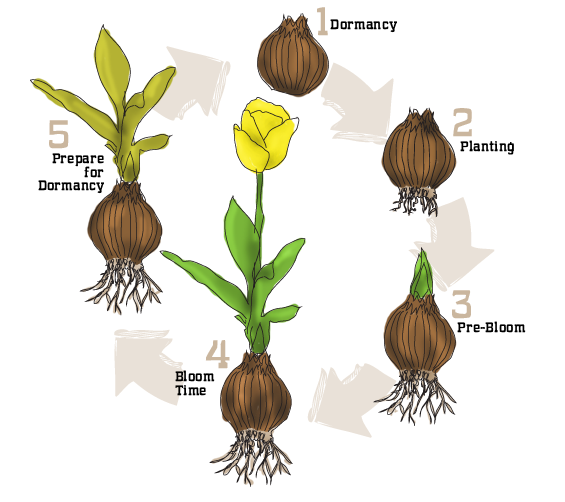
So what does that botany lesson mean for us homeowners who just want something pretty at the end of winter? It means DO NOT CUT YOUR BULBS BACK after they flower. Let the leaves hang out and do their thing and die back on their own, so that they have enough time to store up all the energy they need for next year.
If you’re anything like me, investing in the future with something that doesn’t look like much right now is HARD. TO. DO. But remember that winter lasts a long time! We will be so grateful for the color next year.
I hope you feel a lot more confident about planting and enjoying bulbs in your yard! Let me know what you choose to plant, and if you need some ideas – check out my favorite spring bulbs! Click the link below for an info sheet all about them.
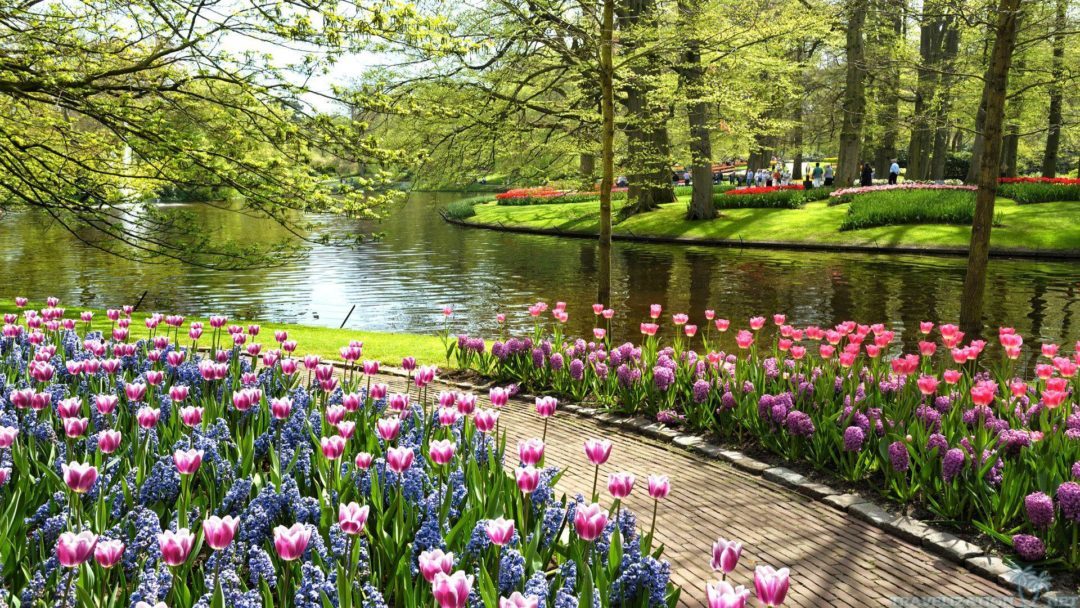
LIke it
pin it
tweet it
email it